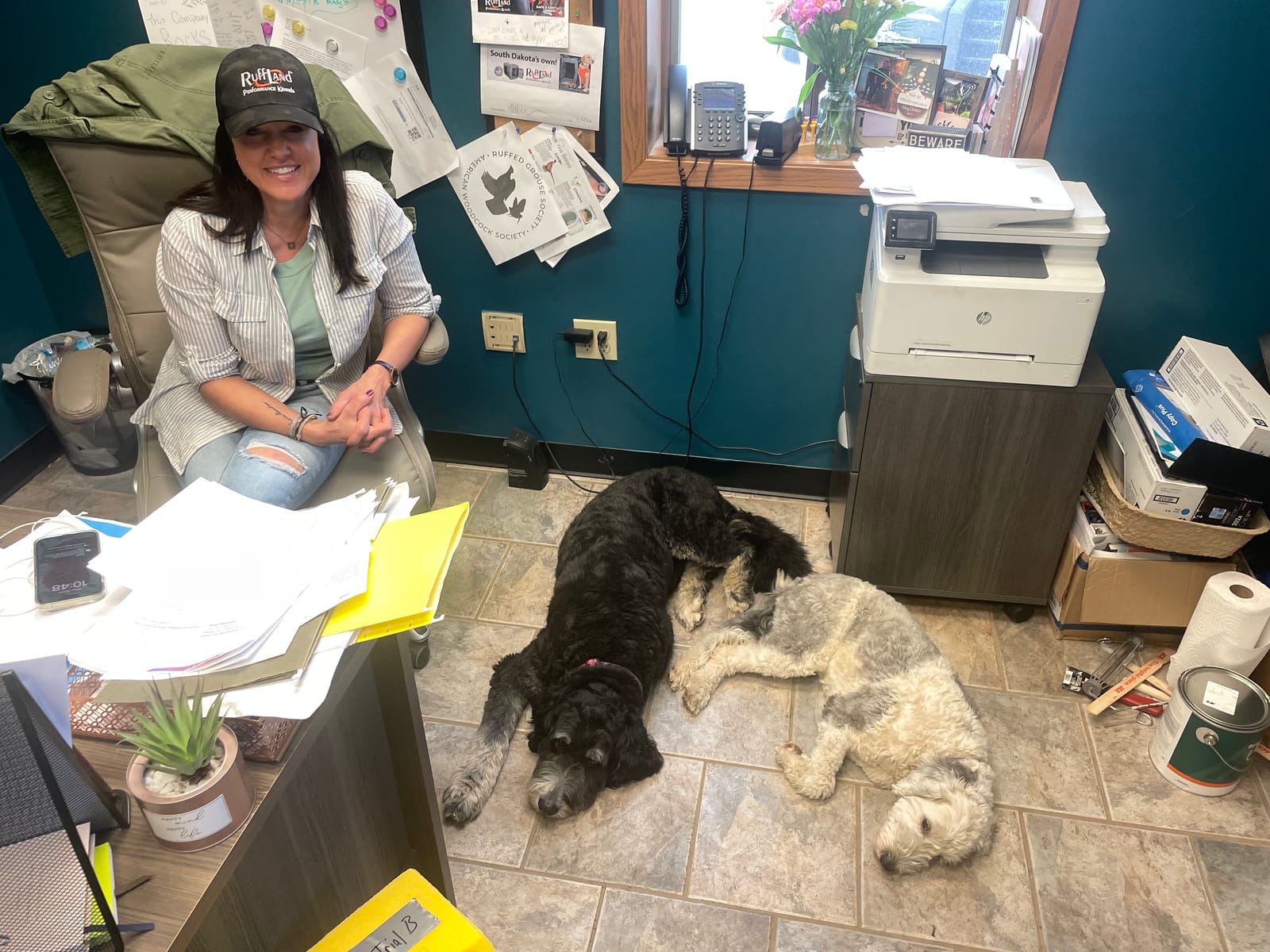TEA, S.D. – Alisa Turner can readily remember the trepidation she felt a decade ago when her company made its first international sale to a Cabela’s retail store in Canada.
Turner is a co-owner and CEO of Ruff Land Kennels in Tea, which makes industry-leading, one-piece molded plastic kennels.
At the time, the company wanted to build on its domestic business and expand beyond the border. Turner laughs about the process now but recalls how nerve-wracking it was. She and co-owner Lyle Van Kalsbeek paused before signing the documents to enter international trade relations with America’s neighbor to the north.
“Lyle said to me, ‘You better hope you have that right, because you’re signing that and it’s a federal offense punishable by jail time if anything is wrong,’” Turner recalled. “I didn’t sleep for weeks hoping it would cross the border – and that I wouldn’t go to prison.”
Turner, Van Kalsbeek and third co-owner Doug Sangl have since become relative experts at selling their kennels and other pet-carrying accessories overseas. Their continued foray into international trade is one driver of a recent growth spurt that has seen Ruff Land’s annual revenues climb from $11 million in 2021 to $16 million in 2022 to an expected $23 million in 2023.
The team broke into the international market on their own, mostly through resourcefulness, dedication and a large dose of trial and error.
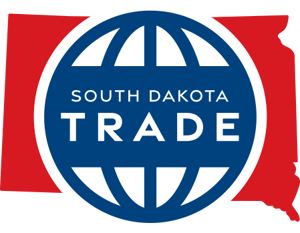
Starting this week, a new statewide nonprofit group called South Dakota Trade hopes it can make it far easier for other Rushmore State businesses to do business with international markets and generate new revenues and jobs along the way.
International trade association funded in part by state and federal money
The new public-private nonprofit trade association will be funded and supported by the Governor’s Office of Economic Development and through association members and other South Dakota entities already engaged in business development.
The group’s staff of three full-time and two part-time employees will cooperate with numerous partners inside and outside state government to develop a roadmap for both farm and non-farm businesses to expand into foreign markets.
Newsletter: Get the latest South Dakota News Watch stories in your inbox

Luke Lindberg, president and CEO, said the group will use a wide range of existing resources and create new procedures to support South Dakota businesses on two basic levels:
- Help them find foreign markets where their products are wanted and to then take advantage of those selling opportunities.
- Find international buyers who might be interested in purchasing products made by South Dakota businesses and then arrange those commercial connections.
“Our main function is export promotion, and our core goal when we wake up in the morning will be, ‘How do we sell more South Dakota products and services around the world?’” Lindberg said.
“That’s really our desire – to build that culture of international trade, and get into new business or market segments that haven’t thought about this in a while — or ever.”
GOED declined an interview request from South Dakota News Watch.
South Dakota Trade will also use funding from the State Trade Expansion Program, an arm of the federal U.S. Small Business Administration that has provided $200 million to states to expand foreign trade.
South Dakota was 1 of 2 states without an international trade office
The state and other industry groups, such as Elevate Rapid City, have done a good job of promoting international trade in South Dakota, especially in the agricultural industry, Lindberg said. But the state has fallen behind others in the level of efforts made and number of resources available to help businesses expand into domestic markets, he said.
South Dakota is home to the International Trade Center, run by Rock Nelson of Sioux Falls, which serves as an online hub for some export assistance. But until now, South Dakota was one of only two states without a formal international trade office, which has undoubtedly led to missed business opportunities, Lindberg said. Nelson will now be a staff member of South Dakota Trade.
“If you look at the non-ag data, our exports have been largely flatlined over the last decade. … We have not seen a growth in real dollars particularly and maybe even negative growth in international exports in South Dakota,” said Lindberg, recently a top official at the Export-Import Bank of the United States who is also the son-in-law of U.S. Sen. John Thune, R-South Dakota.
“There is definitely room for us to get better in those export areas.”
State’s total global exports were $6.7 billion in 2021
According to data supplied by the trade group, South Dakota in 2012 had $5.3 billion in total global exports, which included $3.8 billion in agricultural sales and $1.5 billion in manufacturing sales. Those annual figures remained flat and even fell during 2015-2019 but have risen to $6.7 billion total in 2021.
Food and kindred products were the largest export category in manufacturing with $680 million in sales in 2021, while soybeans were the top agricultural export product with $1.3 billion in sales in 2021.
Recent surveys have shown that more than 40% of American small businesses have the opportunity at hand to expand into overseas markets, Lindberg said. Other data show that about 95% of global market opportunities exist outside the U.S., he said.
One immediate goal of the new trade group will be to target 20 South Dakota businesses to enter into an “Export 101” course that will provide them with a blueprint to fast-track efforts to expand into foreign markets, Lindberg said.
Once the number of exporters and exports increase in South Dakota, it should create a platform for potentially rapid growth in the number of businesses that are capable of selling overseas and an increase in interest among other countries to buy products made in the state.
Beyond finding new markets for their products, the group expects to provide South Dakota businesses with expertise in marketing, compliance, transportation and logistics related to international sales, Lindberg said. The group just learned it had received $175,000 in Small Business Association State Trade Expansion Program (STEP) funds, which can be used over the next 18 months to provide grants to South Dakota businesses trying to expand international sales, Lindberg said.
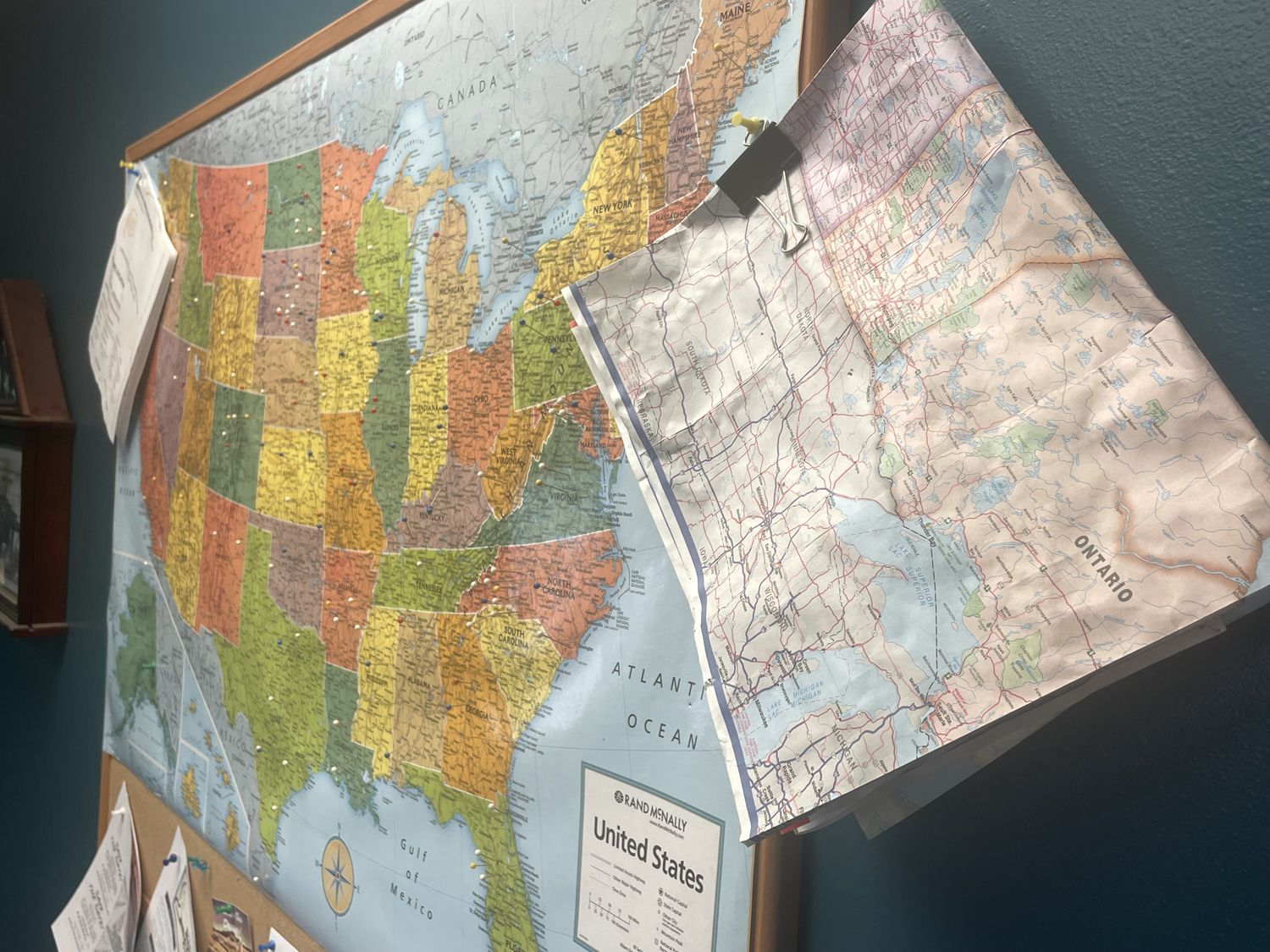
North Dakota office serving as a model for South Dakota effort
The North Dakota Trade Office, led by executive director Drew Combs, is largely serving as a model for what Lindberg hopes to accomplish in South Dakota.
“To a person just starting out or who’s not familiar with the global marketplace, it’s scary,” Combs said. “If there’s a buyer in Spain who wants to buy your widgets, how does that work? What do I need to do to get that guy his container of widgets?”
Combs said expanding international trade is a 24/7 job that requires a wide range of efforts to grow markets and sales opportunities. His group formed in the early 2000s and regularly visits trade shows, maintains contacts with international buyers from around the world and has an extensive database of U.S. producers and foreign buyers.
Back home, the group provides training and expertise to North Dakota businesses that want to enter or grow foreign trade.
“We give classes and can walk them through the process and legal hurdles, through import/export and customs,” he said. “There’s a vast array of resources we can tap into.”

‘You were kind of missing the boat a little down there’
Though he seeks to provide opportunities for all types of businesses, Combs said any Midwestern trade agency will naturally focus on the agriculture and energy industries.
“If people can’t eat, there’s a problem,” he said. “The world is relying on this region to help feed everybody, because you can’t grow wheat in the desert or the jungle.”
Combs said he has been happy to help South Dakota get its foreign trade office up and running and to provide guidance and advice, even though the two states may be competitors on some level.
Making contacts in the international trade community and creating relationships with key decision makers is a large part of what the trade group does to help businesses in North Dakota but also in other states that work collaboratively to expand U.S. exports on a larger scale, he said.
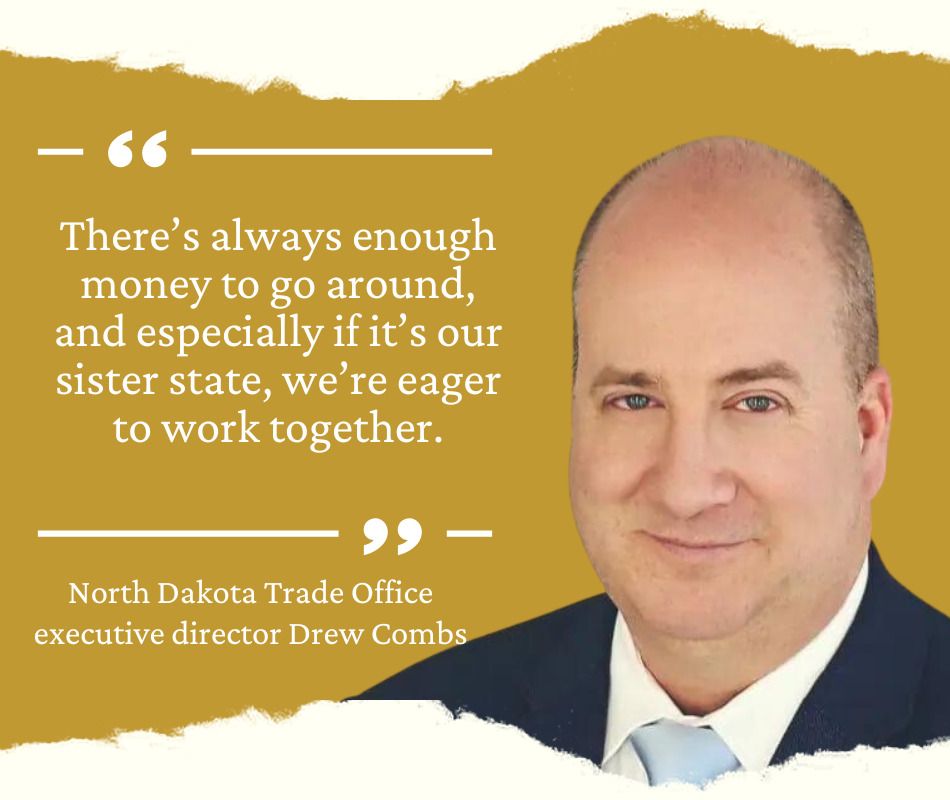
For instance, a customer from Asia who has purchased precious metals from North Dakota in the past recently contacted Combs to ask about buying agricultural products, which deepened their relationship and enabled Combs to shift those sales to businesses in another state.
“He was looking for chickens, and we don’t have chickens in North Dakota, but I hooked him up with some chicken guys I know,” Combs said.
Both neighboring states will benefit when the new South Dakota Trade association becomes active, Combs said.
“You were kind of missing the boat a little down there, and we’re excited you guys came on board,” he said. “There’s always enough money to go around, and especially if it’s our sister state, we’re eager to work together.”
Simplifying an international trade process that can be intimidating
As Turner recently talked about the new trade association in her office at the Ruff Land headquarters in Tea, two dogs slept on the floor and other canines scampered about the warehouse. Ruff Land’s facility produces durable kennels that safely carry pets in vehicles or on trucks and are designed to last for years and protect animals even in rough travel conditions.
The new trade group could be a valuable resource for many South Dakota businesses that aren’t aware of international opportunities or which might be intimidated by the complexity of the process, she said.
“I definitely think what we did is replicable, and that there needs to be something to help guide people because I was flying in the dark at first,” Tuner said. “I really think there’s a huge opportunity for an organization like this to help, especially for small businesses, to get out there into new markets.”
While foreign sales still make up only 3% of Ruff Land’s annual sales, expanding into overseas markets has been as invigorating as it has been challenging, Turner said.
The rapid rise in sales has allowed the company to invest in building a strong future for the company that had five employees 10 years ago now has 26 people on staff. It also fuels the employment of a dozen or so other employees at other molding businesses.
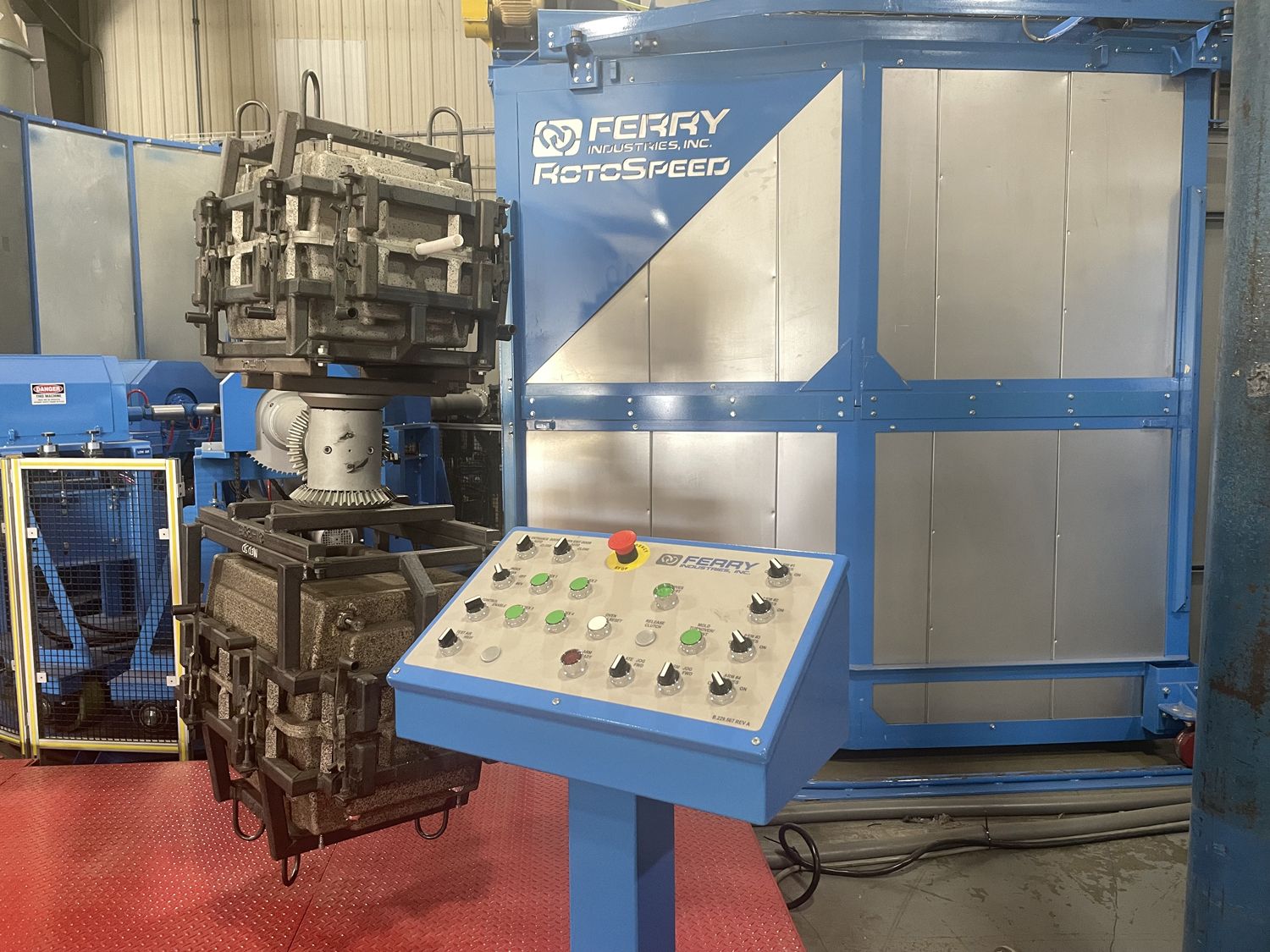
Technology helps manufacturing and international sales
In the past two years, Ruff Land underwent a $2 million building expansion, added two new molding machines valued at $1 million, spent $1.6 million on new molds and bought a $260,000 robot that will cut ventilation holes in kennels to enable employees to avoid repetitive motion work.
The company also recently invested in a computer program that allows foreign customers to buy kennels and accessories in their own monetary unit and pay for shipping and duties based on their specific location.
As Turner and her colleagues have gained experience, Ruff Land has landed international sales in Japan and Ecuador, and recently added South Korea and Switzerland to its foreign sales roster. Turner recently took a class on working with companies in Australia and plans to attend an Aussie trade show in the fall.
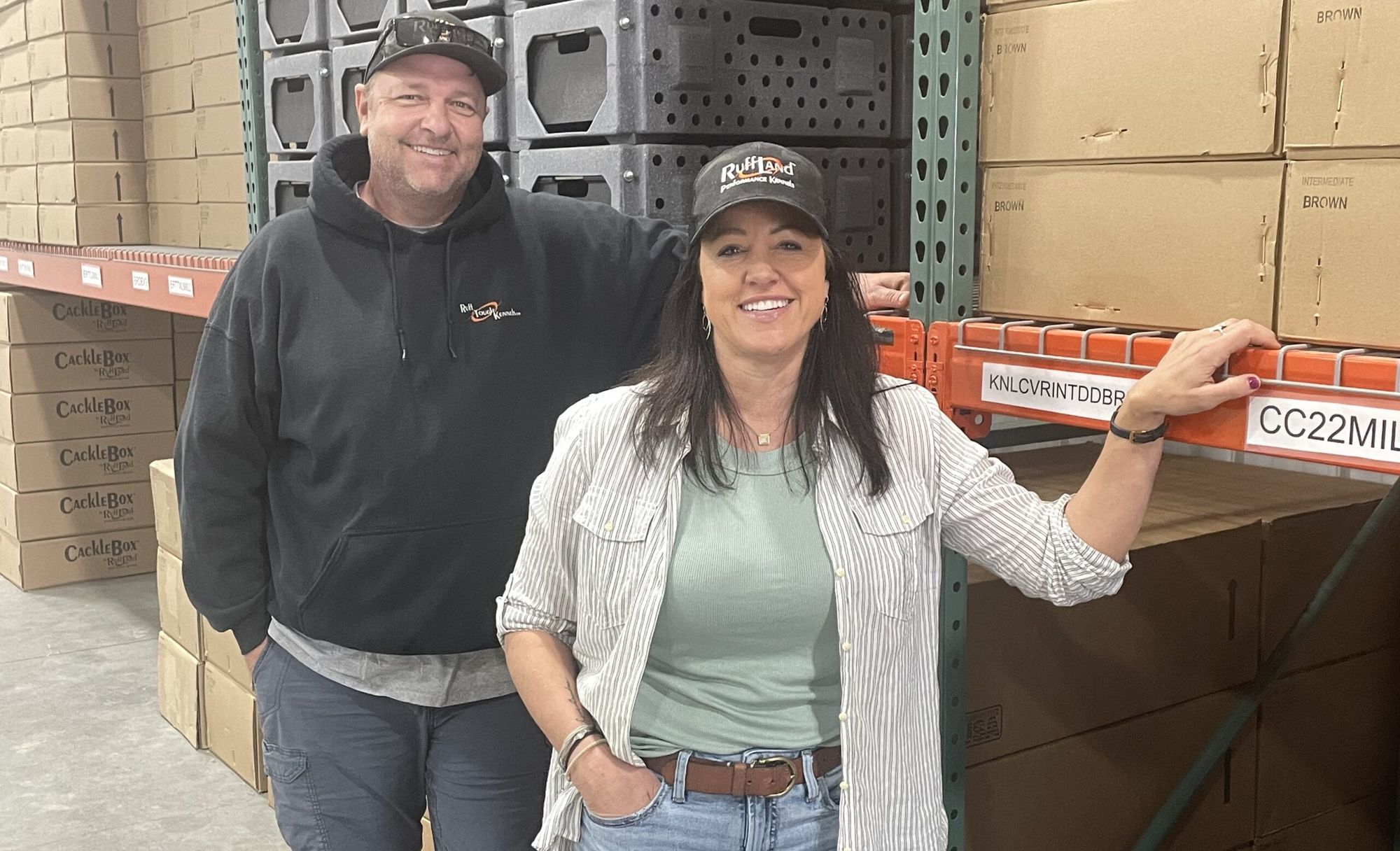
In March, the federal Small Business Administration named Ruff Land the 2023 Small Business Exporter of the Year in South Dakota.
“Each time I see a new international sale from our website, I just jump up and down,” said Turner. “I want everybody to have the opportunity to have one of our kennels and to have safety for their pets, no matter where in the world they live.”

